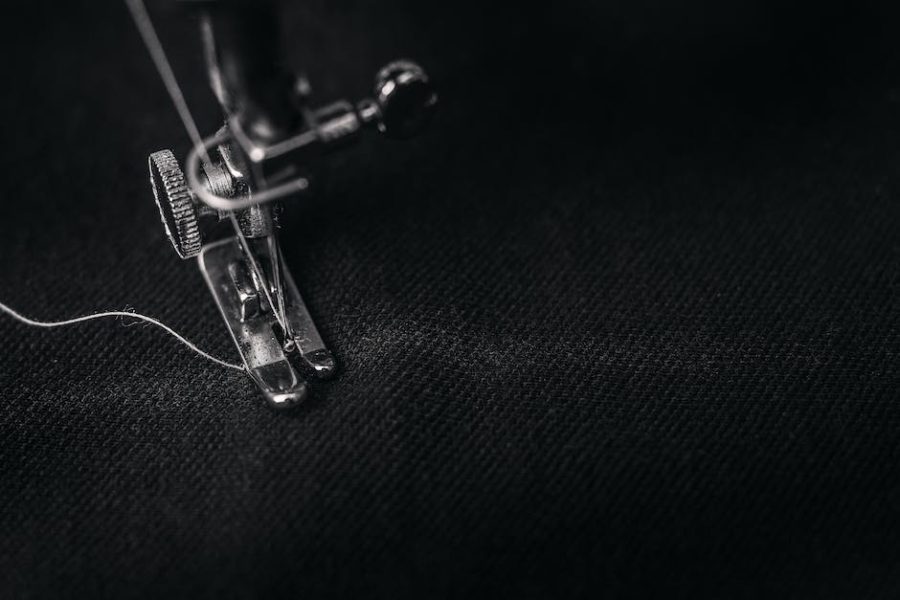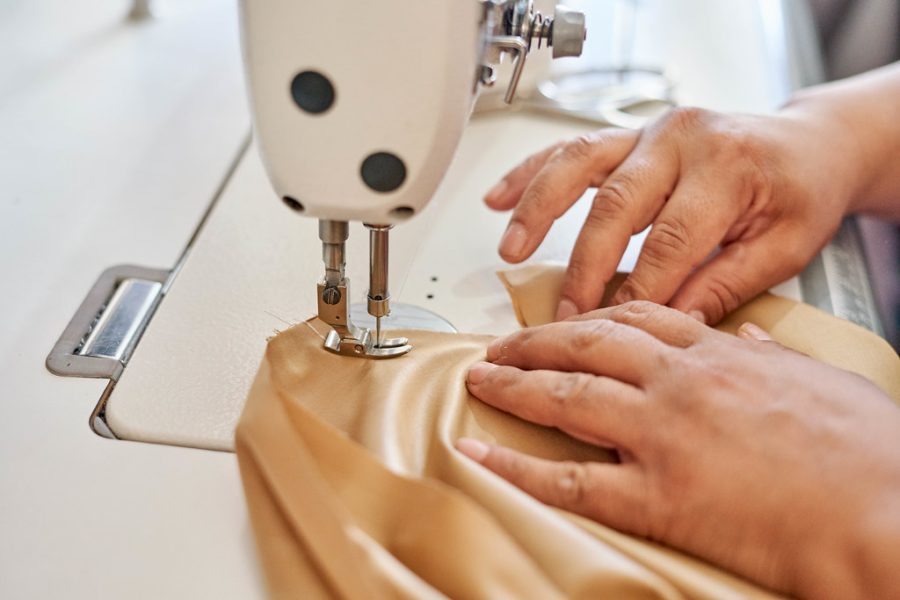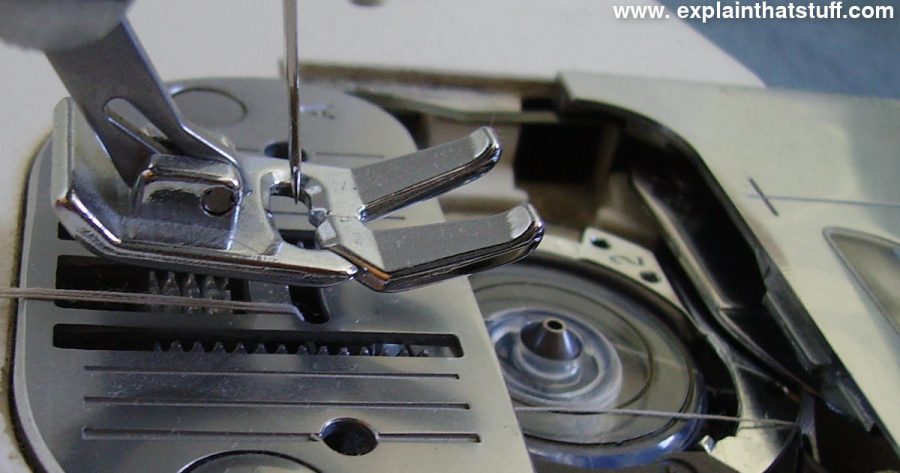: The Secret Ingredient to Professional-Looking Garments
Introduction
Sewing is a craft that allows us to create beautiful and functional garments. Whether you are a beginner or an experienced sewist, achieving professional-looking results is always a priority. One often overlooked aspect of garment construction is the use of sewing interfacing. Let’s explore what sewing interfacing is, its importance, and how to use it effectively.
What is ?
Sewing interfacing is a material that is placed between layers of fabric to provide structure, support, and stability to specific areas of a garment. It can be woven or non-woven and generally comes in fusible or sew-in varieties.
Importance of
Using interfacing in your sewing projects has numerous benefits. It strengthens fabrics, prevents stretching, and helps maintain the shape of collars, cuffs, waistbands, and other areas that need structure. Interfacing also adds durability, professionalism, and a high-quality finish to your garments.
Types of Interfacing
- Fusible Interfacing: Fusible interfacing has adhesive on one side that melts when heated, adhering it to the fabric. It is the most commonly used type as it is easy to apply and provides a seamless finish.
- Sew-In Interfacing: Sew-in interfacing is not adhesive and is sewn directly onto the fabric. It is a good choice when working with delicate or heavyweight fabrics that may not respond well to heat.
- Knit Interfacing: Best suited for stretchy fabrics, knit interfacing adds stability while allowing flexibility.
- Woven Interfacing: Woven interfacing is made from tightly woven fibers, providing firm structure and support.
How to Use
- Choose the most appropriate type of interfacing for your project based on the fabric and desired outcome.
- Cut the interfacing pieces slightly smaller than the fabric pieces to prevent the interfacing from showing through the seams.
- For fusible interfacing, preheat your iron to the appropriate temperature and place the adhesive side onto the wrong side of the fabric.
- Apply gentle pressure with the iron, moving it in a back-and-forth motion, until the interfacing is securely bonded to the fabric.
- For sew-in interfacing, pin or baste it onto the fabric, ensuring it stays in place during sewing.
- Follow your pattern’s instructions on how to incorporate interfacing into your garment construction.
Conclusion
Sewing interfacing is an essential tool in achieving professional results in garment construction. By providing structure, support, and stability to specific areas of a garment, interfacing allows you to create beautifully tailored pieces. Choose the right type of interfacing for your fabric and sewing project, and follow the instructions carefully for best results. With sewing interfacing, you can elevate your sewing skills and proudly wear your well-constructed, professional-looking garments.





Great tutorial!
Katya Jones: Been needing this info!
Fantastic resource for anyone wanting to learn more about sewing interfacing! It’s so useful for stabilizing fabric and giving extra support while constructing garments, so it’s great to have a reliable tutorial to make sure it’s done correctly and easily! #sewingknowledge
Agreed! So helpful.
Definitely a must-have tutorial – interfacing is such an integral part of a lot of sewing projects!